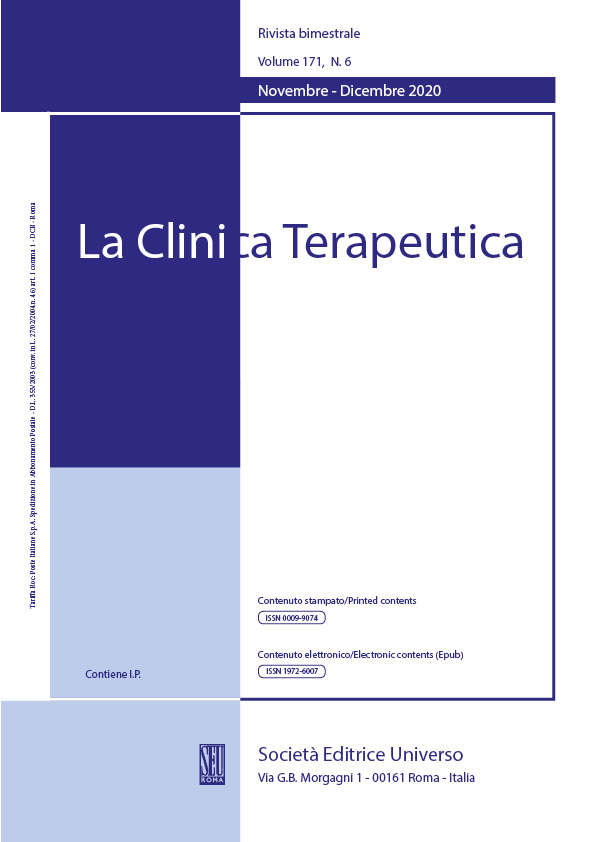Abstract
Background. Alcohol, drug consumption and polysubstance use are some of the most important causes of illnesses and mortality among adolescents, who have been identified as common users of these substances. Aim of this study was to assess and describe the current scenery of alcohol and other drugs consumption habits among a wide sample of Italian high school and university students.
Methods. A cross-sectional study was carried out using an online survey. The questionnaire was developed and administered via an internet forum for middle school, high school and university students named “Skuola.net”. The statistical analysis included descriptive statistics, univariate and multivariate analysis. Additive interactions were assessed by calculating the synergy index.
Results. A total of 11,379 Italian students answered the questionnaire. The prevalence of alcohol drinkers was 34.2%; among these, 17.8% of the individuals showed unhealthy drinking behaviors (frequency of alcohol use of four times or more per week); 10.3% of individuals declared daily assumption of six or more glasses of alcohol. Concerning drugs, 15.7% of the responders classified themselves as illicit drug users, with cannabis getting the highest prevalence rates (6.9%). Finally, concerning alcohol, a synergistic effect was recorded for male and adult individuals (SI = 1.04); while concerning illicit drugs, a synergistic effect was found between male gender and older age (SI = 1.42), and between university students and male gender (SI = 1.10).
Conclusions. This study gives an overview about the attitudes of a wide sample of Italian students concerning alcohol and drugs habits. These results are in line with evidences from the scientific literature and will be helpful for developing future prevention strategies towards this target population.
